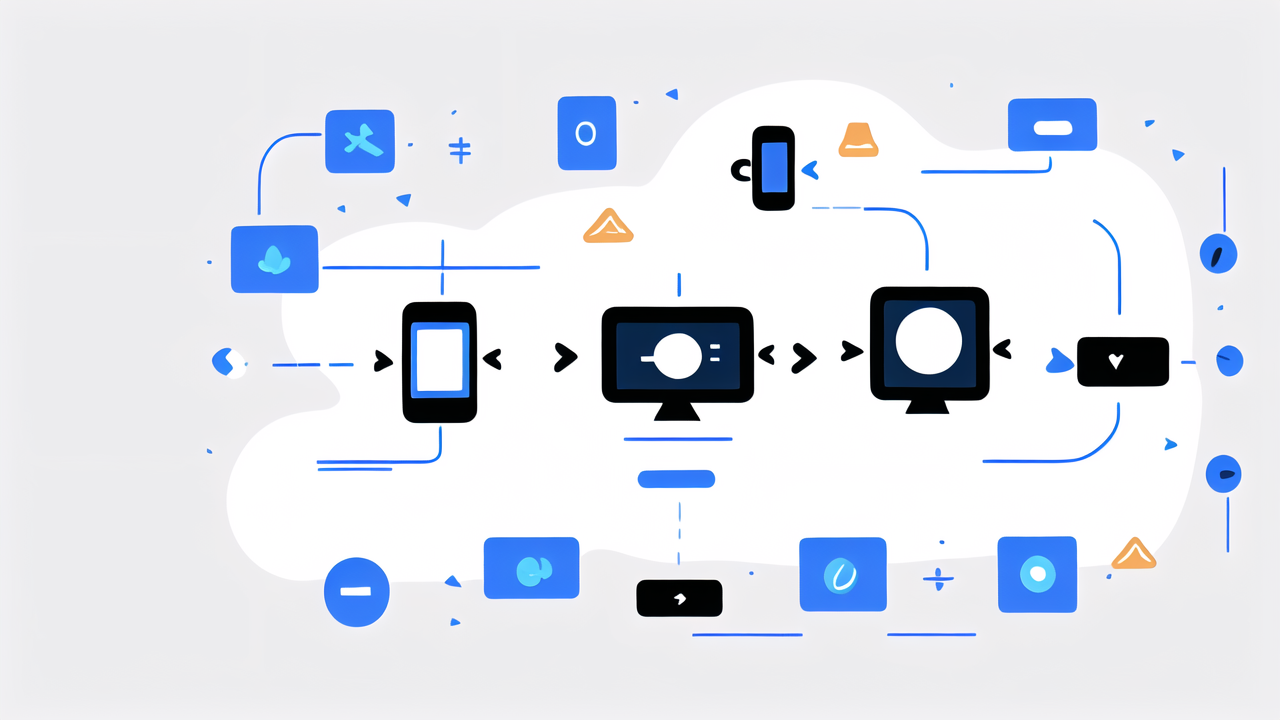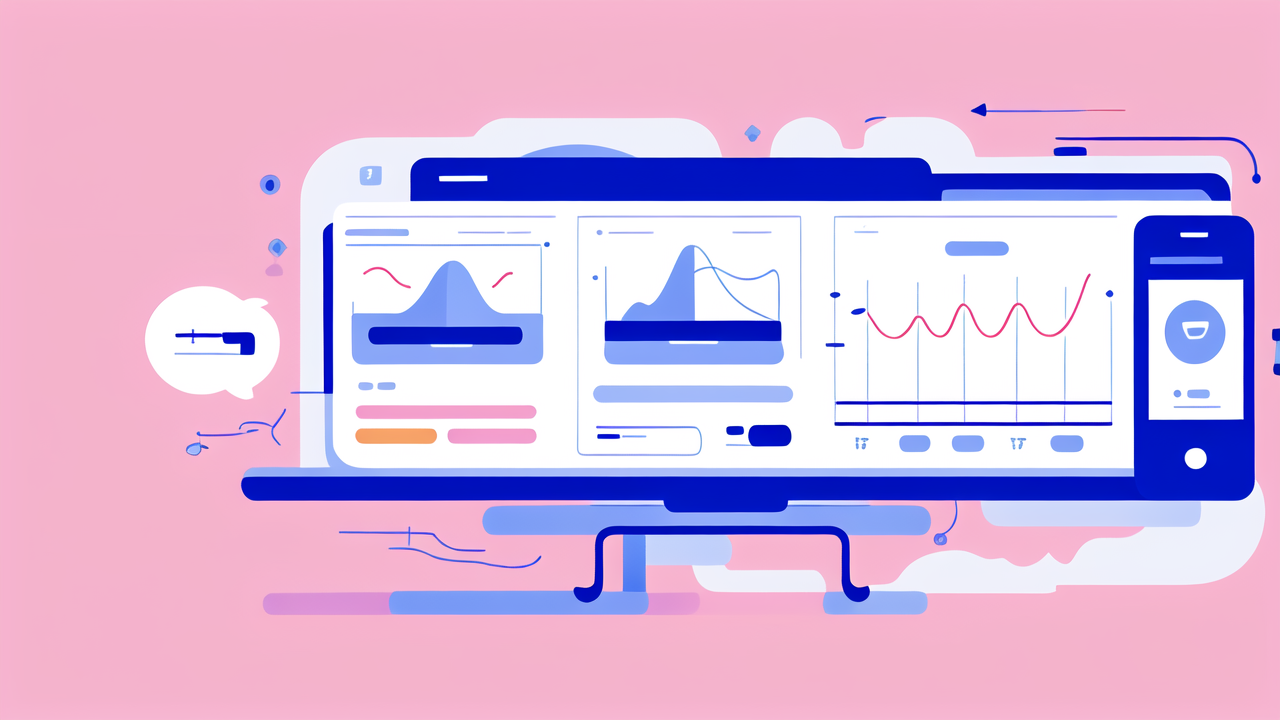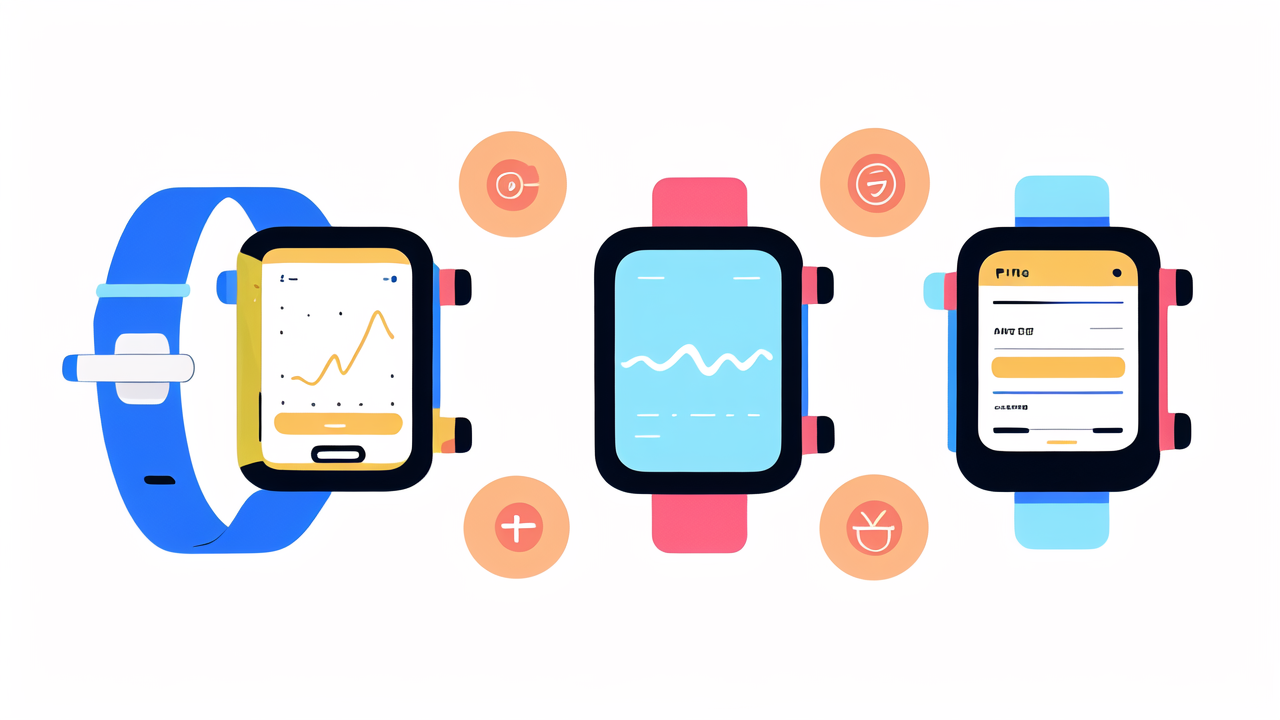Understanding Clothing Tracking Technology
The Evolution of Wearable Devices
Wearable devices have come a long way in recent years. They started as simple fitness trackers. Now, they've evolved into sophisticated health monitors. The latest innovation is clothing tracking devices.

These smart fabrics blend technology with everyday clothes. They offer a new level of health monitoring. Unlike traditional wearables, they're seamlessly integrated into our clothing.
The journey began with basic step counters. It progressed to smartwatches that track various health metrics. Now, we have clothes that can monitor our vital signs and more.
This evolution shows how technology is becoming more intimate and personal. It's no longer just about devices we wear. It's about the clothes we put on every day.
Key Components of a Clothing Tracking Device
Clothing tracking devices have several key components. These parts work together to collect and transmit health data.
- Sensors: These are woven into the fabric. They detect various health metrics.
- Microprocessor: This tiny computer processes the data from sensors.
- Power source: Usually a small, rechargeable battery.
- Connectivity module: This sends data to smartphones or other devices.
- Smart fabric: The material itself is designed to conduct signals.
These components are carefully integrated into the clothing. They're designed to be comfortable and durable. The goal is to make the technology invisible to the wearer.
The sensors are the heart of the system. They can measure things like heart rate, breathing, and body temperature. Some can even track posture and movement patterns.
How Clothing Tracking Devices Work
Clothing tracking devices work by constantly monitoring the wearer's body. The sensors in the fabric collect data in real-time. This data is then processed and analyzed.
Here's a step-by-step breakdown:
- Sensors detect physical changes in the body.
- The microprocessor collects and processes this raw data.
- The processed data is sent to a connected device via Bluetooth or Wi-Fi.
- An app on the connected device displays the information in a user-friendly format.
- The app may also send alerts if it detects any concerning patterns.
The smart fabric plays a crucial role. It's designed to conduct electrical signals from the body. This allows for more accurate and consistent readings than traditional wearables.
The system is always on, providing continuous monitoring. This gives a more complete picture of the wearer's health over time.
Applications and Benefits of Clothing Tracking in Healthcare
Enhancing Patient Monitoring with Smart Fabric
Smart fabrics are revolutionizing patient monitoring. They offer continuous, non-invasive tracking of vital signs. This is especially useful in hospitals and care homes.

Patients can wear comfortable clothes that monitor their health 24/7. This reduces the need for bulky, wired monitors. It allows patients to move more freely while still being monitored.
Some key benefits include:
- Early detection of health issues
- Reduced need for manual checks by staff
- Improved patient comfort and mobility
- More comprehensive health data collection
Smart fabrics can detect changes in heart rate, breathing, and body temperature. They can also monitor sleep patterns and movement. This wealth of data helps doctors make better decisions.
For chronic conditions, smart fabrics offer ongoing monitoring. This can help prevent complications and improve treatment plans.
The Impact of Clothing Tracking on Wellness and Lifestyle
Clothing tracking devices are not just for medical use. They're also making waves in personal wellness and lifestyle management.
These devices can help people:
- Track their fitness progress
- Monitor stress levels
- Improve sleep quality
- Maintain better posture
By providing constant feedback, these devices encourage healthier habits. They can remind you to move more or alert you when you're too stressed.
For athletes, smart fabrics can optimize training. They can track performance metrics and help prevent injuries. This data-driven approach leads to more effective workouts.
In everyday life, these devices can help manage work-life balance. They can remind you to take breaks or alert you to high stress levels.
Advantages of Using Clothing Tracking Devices in Remote Care
Remote care is becoming increasingly important in healthcare. Clothing tracking devices are perfect for this setting. They allow doctors to monitor patients from afar.
Some advantages include:
- Reduced need for in-person visits
- Early detection of health issues
- Improved management of chronic conditions
- Better patient engagement in their own health
These devices provide a constant stream of health data. Doctors can spot trends or issues before they become serious. This proactive approach can prevent hospitalizations.
For patients with chronic conditions, remote monitoring is especially valuable. It allows for timely adjustments to treatment plans. This can lead to better outcomes and quality of life.
Clothing tracking devices also empower patients. They give people more insight into their own health. This can lead to better self-management and healthier choices.
Future Trends and Developments in Clothing Tracking Devices
Innovations on the Horizon for Health Wearables
The future of health wearables is exciting. We're likely to see even more advanced clothing tracking devices. These will offer new features and capabilities.

Some potential innovations include:
- Sweat analysis for hydration and nutrition tracking
- Muscle activity monitoring for better fitness guidance
- Emotion detection through skin conductivity changes
- UV exposure tracking for skin health
We may also see improvements in battery life and charging methods. Solar-powered fabrics or wireless charging could make these devices even more convenient.
Another trend is the integration of health wearables with other smart home devices. This could create a more comprehensive health ecosystem.
As technology advances, these devices will likely become even more discreet and comfortable. The goal is to make health monitoring a seamless part of daily life.
The Role of AI and Machine Learning in Clothing Tracking
Artificial Intelligence (AI) and Machine Learning (ML) are set to play a big role in clothing tracking. These technologies can make sense of the vast amount of data these devices collect.
AI can:
- Detect patterns that humans might miss
- Predict potential health issues before they occur
- Provide personalized health recommendations
- Improve the accuracy of health measurements
Machine Learning algorithms can adapt to each user's unique patterns. This makes the devices more accurate and useful over time.
AI could also help in developing new health insights. By analyzing data from many users, it could uncover new connections between lifestyle and health.
In the future, your smart clothes might not just track your health. They could actively help you improve it with AI-powered advice.
Regulations and Compliance for Clothing Tracking Devices in the United States
As clothing tracking devices become more common, regulations are evolving. In the US, these devices fall under the FDA's oversight.
Key regulatory considerations include:
- Data privacy and security
- Accuracy of health measurements
- Safety of the materials used
- Claims made about health benefits
The FDA classifies most of these devices as "low risk." This means they have less stringent approval processes. However, devices that make specific medical claims may need more rigorous testing.
Data privacy is a major concern. Laws like HIPAA protect health data. Companies must ensure their devices and apps comply with these regulations.
As the technology advances, we may see new laws specific to smart clothing. These could address unique challenges posed by always-on health monitoring.
Compliance with these regulations is crucial for companies in this space. It ensures that these innovative devices are safe and effective for users.




Leave a comment
This site is protected by hCaptcha and the hCaptcha Privacy Policy and Terms of Service apply.